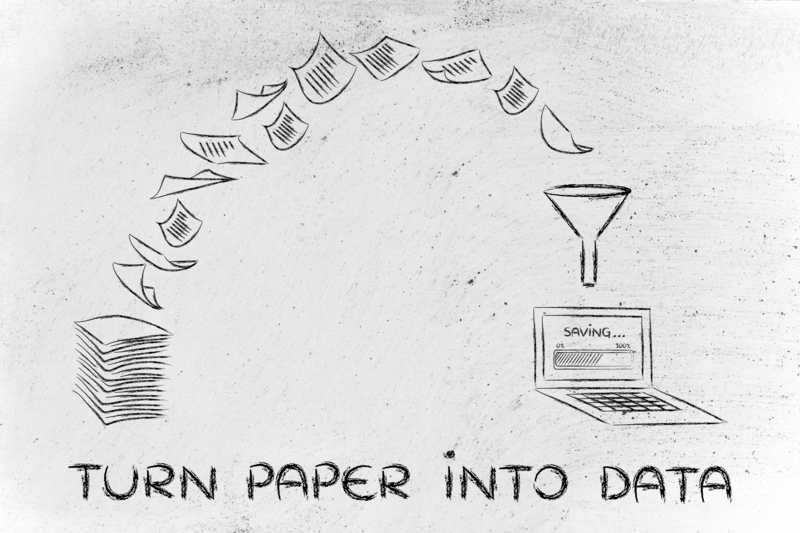Old Clothes, New Uses: Learn to Recycle and Transform Your Wardrobe
Have you ever wondered what happens to your old clothes after you toss them aside for newer fashions? The truth is, billions of tons of textiles are discarded each year worldwide, leading to an enormous environmental footprint. However, with a touch of creativity and a little effort, you can give new life to your discarded garments and turn them into treasured pieces or useful items for your home. In this comprehensive guide, you'll discover a variety of ways to recycle, upcycle, and reuse old clothes sustainably and stylishly.

Why Should We Recycle Old Clothes?
Textile waste is one of the fastest-growing waste streams globally. According to the Environmental Protection Agency, millions of tons of old clothes find their way into landfills every year. These materials take years, even decades, to decompose, releasing harmful chemicals and greenhouse gases in the process. By adopting practices to recycle and repurpose your used clothing, you make a positive impact on the environment and help conserve valuable resources.
Key Benefits of Recycling Old Clothes
- Reduces landfill waste
- Saves water and energy used to manufacture new fabrics
- Decreases greenhouse gas emissions
- Minimizes pollution from textile production
- Supports communities and charities
- Encourages creativity and personalization
Innovative Ways to Give Old Clothes New Uses
Are your wardrobes overflowing with outdated fashion statements or tattered garments? Don't let them go to waste! Below, find creative methods to recycle old clothing, ensuring each piece can serve a new purpose.
1. Upcycling: Create Something New
One of the most popular modern trends is upcycling--transforming old clothes into entirely new items of value.
- Tote Bags: Turn shirts or jeans into sturdy shopping bags to reduce single-use plastic.
- Quilts and Blankets: Patchwork squares from various garments create memorable throws and bedding.
- Kids' Clothing: Adults' shirts and dresses can be cut down and sewn into adorable children's outfits.
- Pillow Covers: Vibrant t-shirts or sweaters make for soft, colorful cushion covers.
- Aprons: Repurpose denim or cotton garb into stylish aprons for cooking or gardening.
2. Repurposing for Household Use
Even when clothing is beyond wearable, it can be reused in many practical ways around the house:
- Cleaning Rags: Soft cotton t-shirts or socks make the perfect dusting cloths and wash rags.
- Mop Heads: Attach strips of old towels or sweatpants to a mop handle for effective floor cleaning.
- Pet Bedding: Stuff old pillows or sewn fabric scraps inside a shirt to create a cozy bed for pets.
- Gardening Kneeling Pad: Layer thick fabrics for a cushy pad for garden tasks.
3. Artistic and Craft Projects
Unleash your creativity with crafting projects from old garments:
- Fabric Jewelry: Use strips of vibrant fabric for braided necklaces or bangles.
- Wall Art: Stretch patterned fabrics over canvas for unique decor.
- Stuffed Toys: Sew plushies from t-shirts, perfect as gifts or keepsakes.
- Seasonal Wreaths: Decorate doors with fabric scrap wreaths, adapted for any holiday.
How to Prepare Old Clothes for Recycling
A crucial step towards sustainable clothing disposal is sorting out what can be recycled or repurposed. Here's a step-by-step guide:
Sorting Your Wardrobe
- Divide clothes into categories: wearable, repairable, and unusable.
- Set aside items still in good condition for donation.
- Identify pieces suited for upcycling or craft projects.
Cleaning and Preparing Materials
- Wash all clothes before repurposing to ensure clean fabric.
- Remove buttons, zippers, and embellishments for crafting or recycling separately.
- Iron clothes if needed for sewing projects.
Donating and Textile Recycling Options
While personal upcycling and craft projects are rewarding, not all garments can be used at home. Here are responsible ways to dispose of old clothes through donation and recycling programs:
Donation
- Charity Thrift Stores: Donate items in good condition to local thrift stores supporting various causes.
- Shelters and Rescue Missions: Some organizations need warm clothing and sturdy shoes for those in need.
- Community Swaps: Host or participate in clothing swap events for sustainable wardrobe refreshes.
- Religious Groups and Churches: Many collect gently-used clothes for the less fortunate.
Textile Recycling Programs
- Retail Take-Back Initiatives: Brands like H&M and Levi's offer in-store bins for textile recycling.
- Municipal Textile Recycling: Many cities have special bins or days for clothing drop-off.
- Post Back Programs: Some companies let you mail worn-out textiles for responsible recycling.
- Local Crafting Groups: Sewing clubs and artist collectives may accept fabric scraps and old clothes.
Environmental Impact of Clothing Waste
Recycling and repurposing old garments has a significant environmental benefit. Production of new textiles, especially cotton and synthetics, uses a tremendous amount of water, energy, and chemicals. By choosing to recycle old clothing, you help:
- Conserve Water: It takes over 2,700 liters of water to produce a single cotton shirt.
- Reduce Carbon Footprint: Less demand for new clothing means fewer emissions.
- Minimize Chemical Pollution: Dyeing and treating new fabrics introduces pollutants to water systems.
- Encourage Sustainable Fashion: Each recycled garment is a vote for sustainability.
Simple Beginner Upcycling Ideas: Start Small, Dream Big!
Don't worry if you're not an expert with a sewing machine--you can still breathe new life into your used clothes with these easy methods:
- No-Sew T-Shirt Tote Bag: Cut the sleeves and neck for handles, knot the bottom--done!
- Shoe Organizer from Jeans: Attach pockets from old jeans to a hanger for wall storage.
- Sweater Sleeve Leg Warmers: Cut sleeves from old jumpers for instant winter gear.
- Patchwork Book Covers: Use fabric scraps to create personalized notebook covers.
- Fabric Bunting: Triangle shapes from shirts strung together make festive decor.
Tips to Reduce Old Clothing Accumulation
Preventing waste is the first and best step toward earning a sustainable wardrobe. Here are some tips:
- Buy Less, Choose Well: Invest in high-quality, versatile garments that last longer.
- Practice Clothing Care: Mend torn clothes, remove stains quickly, and store items properly.
- Organize Regular Closets Audits: Remove items you no longer wear and repurpose them.
- Borrow or Rent for Special Occasions: Instead of buying new clothes for single events, opt for rentals or swaps.
- Educate Friends and Family: Share knowledge and encourage recycling old clothes in your community.
Challenges in Recycling Old Clothes and How to Overcome Them
While recycling and reusing old clothing brings numerous benefits, it doesn't come without challenges. Some textiles may be blends that are harder to recycle, and not all donation centers accept certain garments. However, with the right strategies, these hurdles can be managed:
- Fiber Blends: Choose pure cotton, wool, or linen for easier recycling or composting.
- Stains and Damage: Use heavily worn sections for stuffing, rags, or craft fillings.
- Mixed Fabrics: Separate components for specialized recycling centers or upcycling projects.
- Lack of Local Options: Research online programs or connect with local artists interested in textile materials.

The Circular Fashion Movement: Closing the Loop
Modern circular fashion embraces the idea that old clothes should never go to waste. Brands and consumers are working together to create systems where every textile product is reused, repaired, or recycled.
This "closed loop" system reduces the need for virgin materials and helps protect the planet's natural resources.
- Support Brands with Take-Back Policies: Many ethical clothing companies offer recycling for their products.
- Join Sustainable Fashion Events: Attend pop-up shops, swap meets, and repair cafes.
- Advocate for Legislation: Support local and national policies promoting textile recycling.
Conclusion: Make the Most of Every Garment
Old Clothes, New Uses--by embracing the art of reusing, recycling, and reinventing old clothing, you are making a powerful difference for the environment and your own sense of creativity. Whether you upcycle old jeans into bags, turn faded shirts into rags, or donate gently-loved items to those in need, each step is a move toward a more sustainable and thoughtful world. Every closet clearing is an opportunity: the next time you consider throwing out your old clothes, ask yourself, what could this become instead?
- Ready to get started? Organize your wardrobe and select a few pieces to transform today!
- Share your recycled clothing projects online to inspire friends, family, and your community.
- If every person found just one new use for an old piece of clothing, imagine the global impact!
From comforting quilts to useful cleaning cloths, art projects to community donations--there are countless ways to recycle and repurpose old clothes. Take action, unleash your creativity, and join the movement to give your wardrobe a second life.